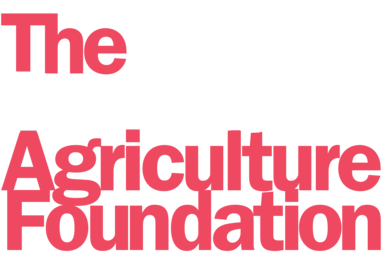Understanding Burnout
Burnout is a serious issue that can affect anyone, but it’s particularly prevalent in high-stress professions like farming. The demands of the agricultural industry are relentless, and the pressure to maintain productivity can take a significant toll on mental and physical health. According to a study by The University of Guelph, 45% of Canadian farmers reported high levels of stress, and 35% met the criteria for depression.
1. What is Burnout?
Burnout is a state of chronic physical and emotional exhaustion caused by prolonged stress. It often results from a combination of factors, including long working hours, high demands, and a lack of control over one’s work environment. In the farming community, these stressors are compounded by unpredictable weather conditions, market fluctuations, and the isolation that often comes with rural life.
2. Symptoms of Burnout
Recognizing the symptoms of burnout is crucial for managing it effectively. Here are some common signs to look out for:
Chronic Fatigue: Feeling exhausted all the time, even after a good night’s sleep.
Irritability: Getting easily frustrated or angry.
Loss of Motivation: Struggling to find enthusiasm for tasks you once enjoyed.
Sleep Issues: Difficulty falling or staying asleep.
Physical Symptoms: Unexplained headaches, stomach issues, or muscle pain.
Cognitive Problems: Difficulty concentrating or making decisions.
Emotional Withdrawal: Feeling detached or isolated from others.
3. What We Can Do to Manage Burnout
Managing burnout requires a proactive approach. Here are some strategies that can help:
Take Regular Breaks: Schedule short breaks throughout your day to rest and recharge.
Set Boundaries: Learn to say no to additional tasks when you’re overwhelmed.
Practice Self-Care: Engage in activities that relax and rejuvenate you, such as reading, walking, or hobbies.
Seek Professional Help: Don’t hesitate to talk to a mental health professional if you’re struggling.You can check out our Find Support page for resources
3. What We Can Do to Manage Burnout
Managing burnout requires a proactive approach. Here are some strategies that can help:
Take Regular Breaks: Schedule short breaks throughout your day to rest and recharge.
Set Boundaries: Learn to say no to additional tasks when you’re overwhelmed.
Practice Self-Care: Engage in activities that relax and rejuvenate you, such as reading, walking, or hobbies.
Seek Professional Help: Don’t hesitate to talk to a mental health professional if you’re struggling. You can check out our Find Support change for more.
4. How to Support Those Experiencing Burnout
Supporting someone who is experiencing burnout involves empathy and understanding. Here are some ways to offer support:
Listen Actively: Be present and listen without judgment when they share their feelings.
Encourage Breaks: Suggest taking regular breaks and engaging in self-care activities.
Offer Help: Assist with tasks that might be overwhelming for them.
Promote Professional Help: Encourage them to seek support from a mental health professional.
Identifying burnout early can significantly improve outcomes. We don’t need to let things get bad before we do something. Early intervention can prevent burnout from becoming severe and reduce the long-term impact on mental and physical health.
